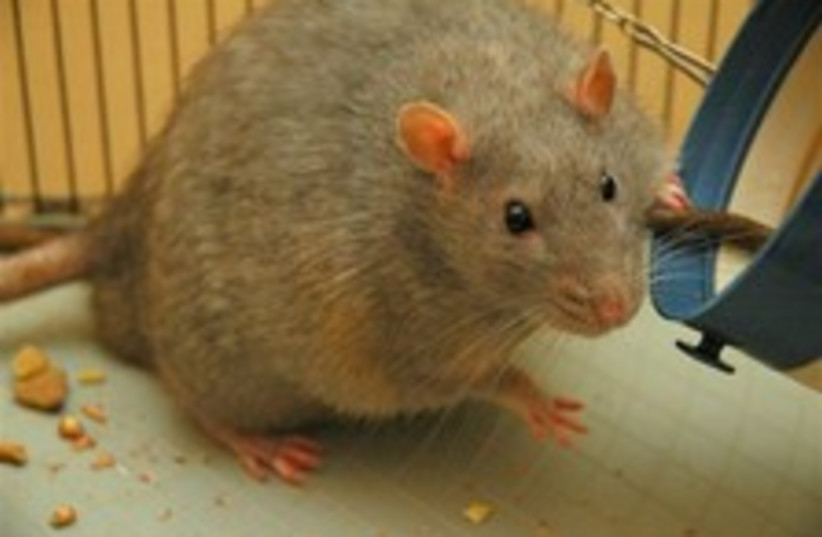Rats, one of the most common and infamous of New York City residents, may pose a serious risk of spreading COVID-19 to the city's residents, according to a recent study.
The findings of this study were published in the peer-reviewed academic journal mBio.
The study raises concerns over a potential second zoonotic outbreak of the virus from rats to humans and stresses the need to monitor COVID in rats.
A history of rats and disease – now featuring COVID
Rats are a common pest, with the intelligent rodent species being found most everywhere in the world.
Throughout history, rats have been among the most infamous vectors of zoonotic diseases.

These diseases include, but are not limited to:
- Leptospirosis
- Bubonic plague
- Salmonellosis
- Sylvatic Typhus
- Monkeypox
- Hantavirus
- Tularemia
These can be spread in any number of ways. it could be by being bitten, by touching contaminated material, breathing in contaminated air or eating contaminated food.
Anywhere rats reside, which is almost the entire world, there is a risk of rats spreading diseases to humans.
Rats are also especially partial to cities and are known to make themselves at home in little hidden areas inside buildings or outdoors.
New York City, one of the biggest cities in the world, is also known for being home to a very large rat population, specifically the brown rat, which dominates the overall population.
Though tracking them is hard, many estimates have been given for the total rat population in New York City. Though the most commonly cited figure is two million, the American Society for Microbiology, who publishes the journal featuring this new study, the rat population is around eight million. That's almost as much as the human population of the city.
And rats can also have COVID-19.
This alone isn't too surprising. Though its origins are still debated, COVID is known to be a zoonotic disease, meaning it originated in animals, with bats being among the most commonly cited example.
Since the start of the pandemic, SARS-CoV-2, as the novel coronavirus that causes COVID-19 is known, has proven multiple times that it is able to spread to other species with relative ease. It has been detected in cats and dogs, hyenas and hippopotamuses, in ferrets and hamsters, and even in a wild leopard. In fact, millions of mink were culled in farms across Europe in 2020 after the virus was found to be circulating among the species.
So it is not beyond the realm of imagination to suggest that it could have jumped to mice at any point over the last two years.
And rats, too, were among the animals that could catch COVID.
In fact, back in 2022, scientists found a mysterious COVID variant in New York City sewage waters, which could have come from the rats.
But rats may be able to get many different variants of COVID. In another 2022 study, researchers in a peer-reviewed study indicated that the highly contagious Omicron variant, which soon became the dominant variant of COVID-19 worldwide, may have originated in mice, a close relative of the rat.
But what about future infections?
Could the rats of New York City possibly spread COVID further among humans?
To answer that, the researchers needed to determine if rats could get the many different types of COVID.
To figure this out, the researchers used data from rats during the height of the Delta variant in New York City. The conclusion of this research was that yes, rats can catch the delta variant.
But what about the Alpha and Omicron variants?
Researchers tested with samples of the other variants to see if the rats could catch it. The result? Yes, although it varied depending on the variant, with Delta seeming to be the most successful.
What isn't entirely clear is how the rats caught COVID in the first place, since the virus isn't seemingly transmissible through sewage water, though it could have spread by air.
But what is important to note is that this means there is a chance that rats could pose a risk of secondary zoonotic transmission, meaning they could infect humans with COVID. There is precedence for this too – minks were able to do it.
But more research needs to be conducted to better monitor the New York City rat population and COVID.
Shira Silkoff contributed to this report.
